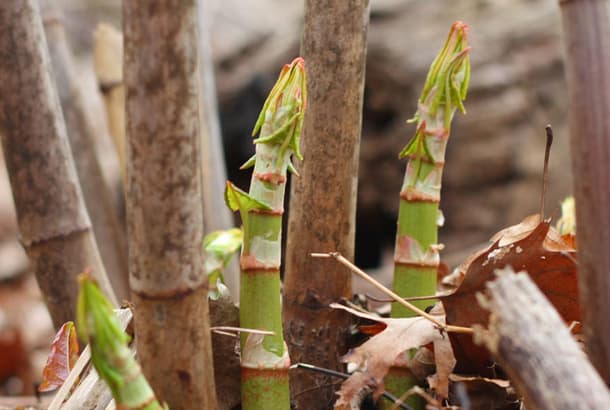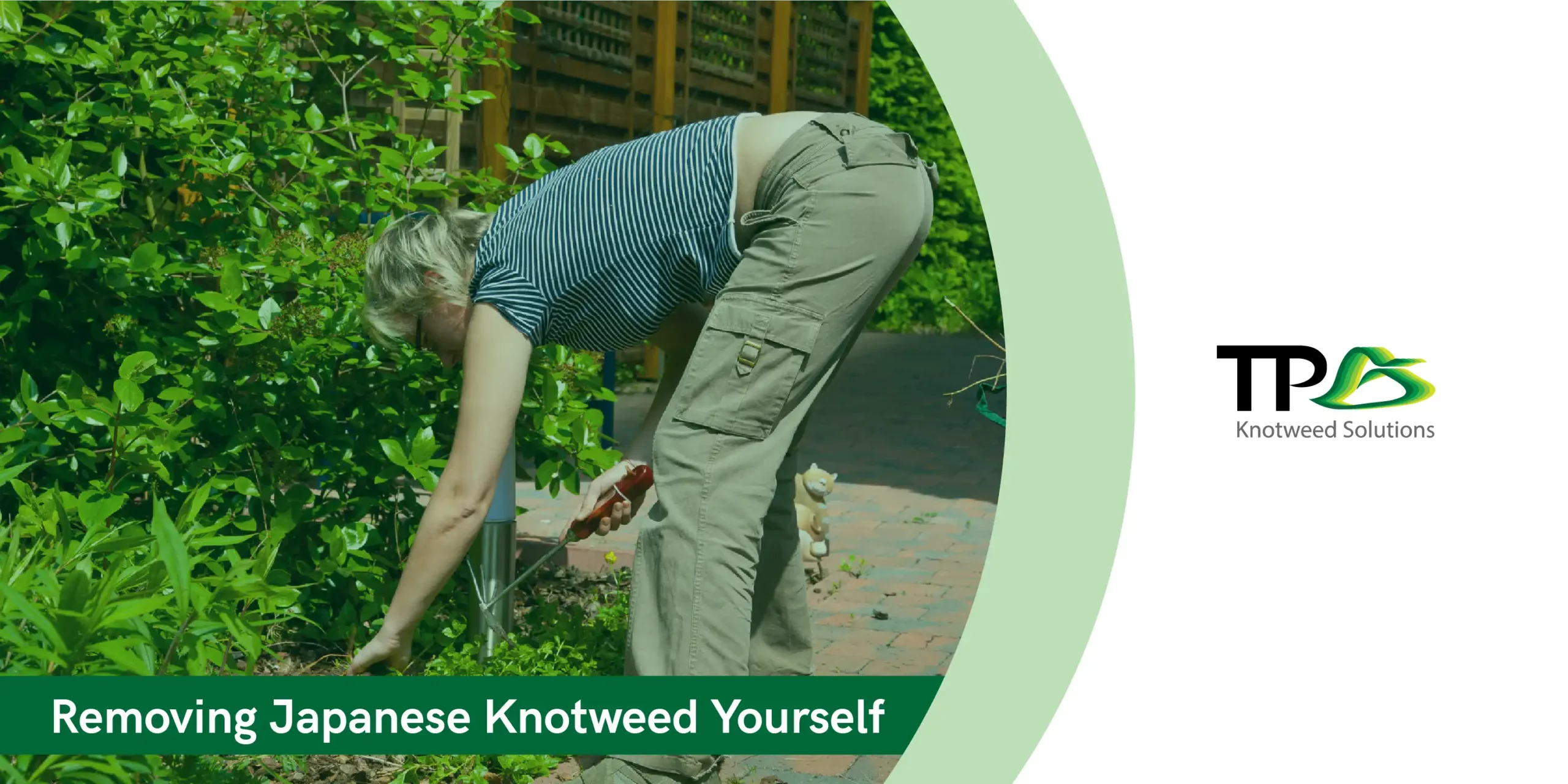Japanese knotweed is native to Eastern Asia, including Japan, China and Korea. knotweed is not native to North America or Europe but the plant has begun to thrive in these environments where it has been classified an invasive species.
The plant’s root system is capable of wild and rapid expansion and can invade and damage asphalt and concrete infrastructure. The roots are also capable of disrupting channels and the flow of waste and water. These are some of the reasons the World Conservation Union classifies Fallopia Japonica (Japanese knotweed) as one of the most invasive plant species on the planet.
Under the Wildlife and Countryside Act of 1981, it is illegal to “plant or otherwise grow in the wild” Japanese knotweed. A report from Defra indicated that a national removal programme for the invasive plant would cost more than £1.5 billion. As an alternative, government agreed to release the Japanese psyllid insect, which feeds on Japanese knotweed into the wild. Yet, for the most part, Japanese knotweed is untamed in the UK and government presently relies on the general public assist in the removal of this tough, bamboo-like plant.
In Scotland, the Wildlife and Natural Environment Act of 2011 declares the “intentional or unintentional” spread of Japanese knotweed a criminal offence.
Where knotweed thrives
knotweed prefers temperate riparian ecosystems and is plainly evident along roadsides and in waste areas. In the UK, only designated landfills can accept the eradicated plant waste.
What makes the species so invasive is its unusual ability to survive and prosper in a variety of soil compositions. One of the risks of the plant is that it can compromise the natural chemical composition of the soil and thus cause the destruction of natural plant life.
knotweed is an exotic plant species that now exists in 39 of the 50 states in the US as well as in New Zealand and the United Kingdom.
Why knotweed is difficult to control
knotweed grows uncontrollably, taking over its entire surroundings. It is also extremely difficult to eradicate, which can only be accomplished by killing the roots. Clipping, cutting or trimming the plant will only lead to more aggressive growing as shoots grow back immediately.
The most effective chemical to remove the plant is Glyphosate which has proven to penetrate the entire plant system. Another solution is to inject steam into the soil in a process called soil sterilisation. Applied properly, this process can eliminate the plant’s pervasive subterranean plant roots.
Japanese psyllids only feed on Japanese knotweed. Their introduction into the environment by the not-for-profit CABI continues to be observed for results. Thus far, the insects have survived winter and provide some hope.
In the interim, specialised removal providers are busy preserving local building sites, gardens and rural properties. This invasive species does not retreat. If it is present on a site, it will expand and even invade the foundation of an existing property. The roots have interfered with water and sewer lines and represent a serious threat to Britain’s infrastructure.
The more we learn about this plant, how to recognise it and how to remove it, the better our natural wildlife will fare. The presence of this invasive plant cannot be ignored and must be acted upon as soon as detected.
For more information about our services for treating and removing Japanese knotweed, get in touch with TP knotweed today by calling 0800 389 1911 or by contacting us online.




